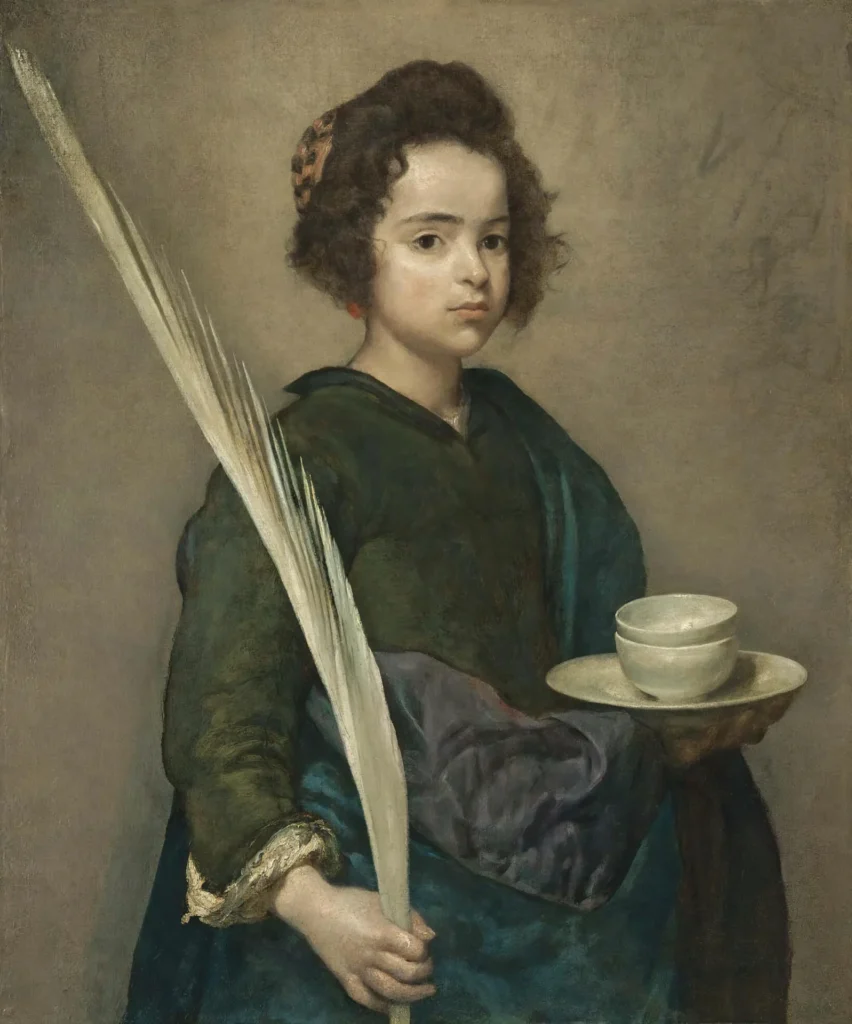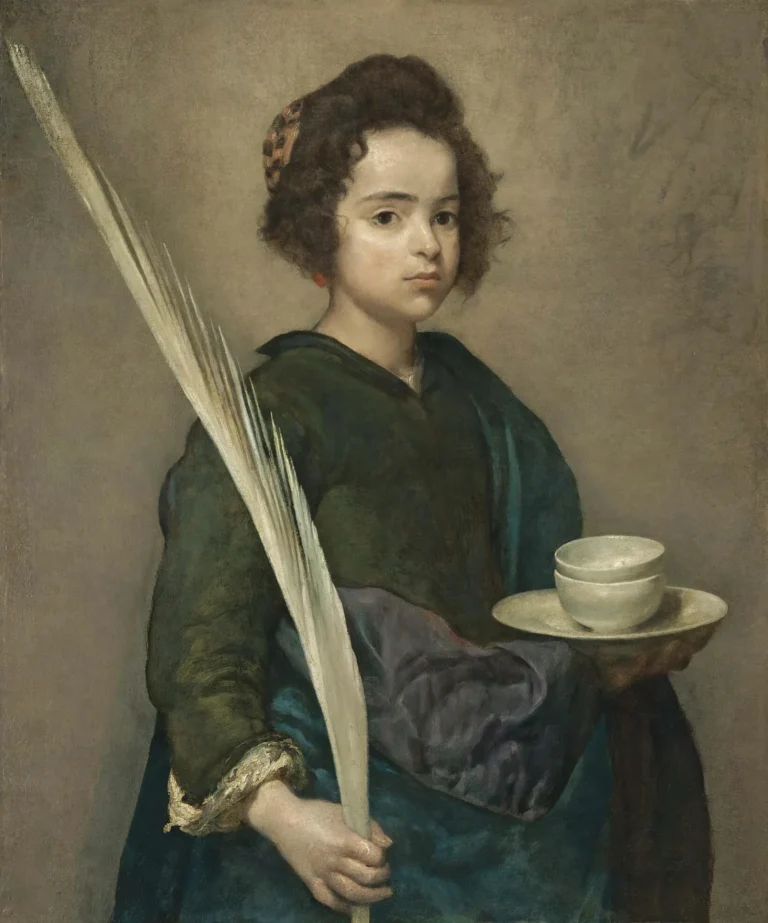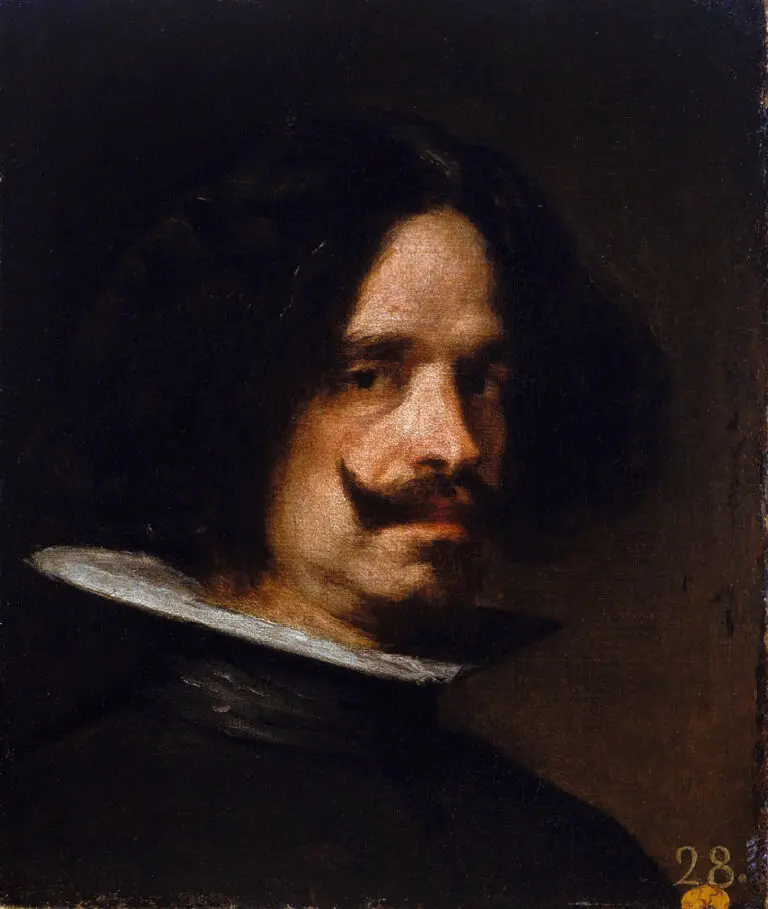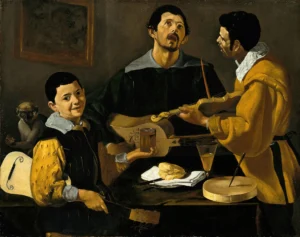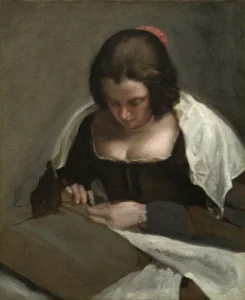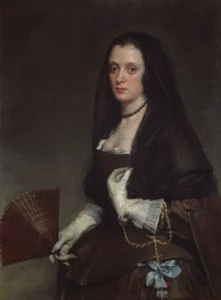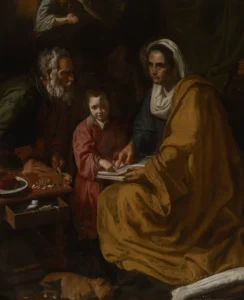Saint Rufina
Diego Velázquez's Saint Rufina is an exquisite painting created between 1632 and 1634, depicting the 3rd-century Christian martyr and patron saint of Córdoba, Spain. In this artwork, Velázquez captures the saint in a contemplative pose, adorned in a simple dress and a crown of martyrdom, holding a palm branch. The artist's masterful use of chiaroscuro enhances the depth and tranquility of the piece, drawing attention to the saint's expression and spiritual calm amidst a dark background.
1632 - 1634
About the Artwork
Did You Know
Liked what you see? Add it to your collection.
Enjoyed reading? Share it.
... continued
Saint Rufina
is a painting by the Spanish artist Diego Velázquez, created around 1632-1634. The work depicts Saint Rufina, a 3rd-century Christian martyr and the patron saint of Córdoba, Spain.
In the painting, Velázquez portrays Saint Rufina in a contemplative and serene manner, emphasizing her spiritual depth. The saint is shown wearing a simple yet dignified dress, with a crown of martyrdom and a palm branch, symbols of her martyrdom and sainthood. The background is characteristically dark and muted, which helps to focus attention on the subject.
Velázquez's use of chiaroscuro, a technique that uses strong contrasts between light and dark to create a sense of volume and depth, is evident in this work. The lighting highlights the saint's face and hands, drawing the viewer's eye to these areas and enhancing the overall sense of tranquility and devotion.
Saint Rufina is considered one of Velázquez's notable works from his early period in Madrid and is now housed at the Fundación Focus-Abengoa in Seville, Spain. The painting showcases Velázquez's skill in capturing the essence and spirituality of his subjects, which was a hallmark of his artistic style.




